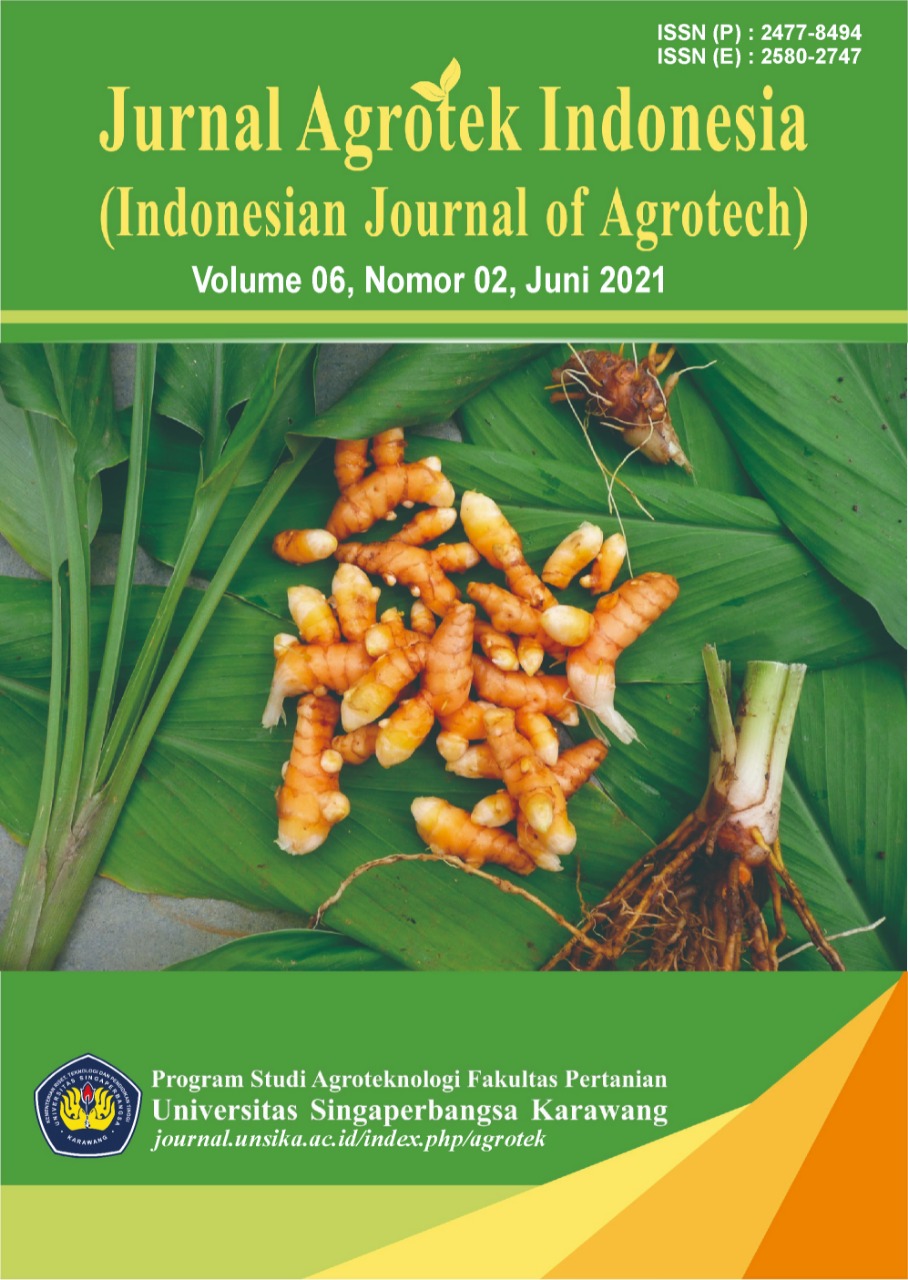A Study of Plant Growth Promoting Rhizobacteria (PGPR) Efficacy on Cajuput (Malaleuca cajuputi Powell) Juvinile
Abstract
Good quality cajuput seedlings procured from generative propagation are essential, since the mature trees will be functioning as oil production trees, stock (parent) plant for stem cuttings, and major players on land conservations.
In addition to superior genetic factors, the so-called Plant Growth Promoting Rhizobacteria (PGPR) treatment with the optimum concentration would help in enhancing the quality of generative seedlings. Therefore, systematic experiment is needed to determine the effective concentration of PGPR required for preparing high quality cajuput seedlings. This study used Completely Randomized Design (CRD) experiment with randomly assigned concentration of PGPR on cajuput juvenile as the primary factor. The height growth and root length growth of the juvinile for given period of time were measured to evaluate the effect of PGPR treatment. There were monotonically improvement on juvinile’s height and root length growth after PGPR treatment, showing a positive correlation between the height and root length. During the experiment, the highest PGPR concentration of 90mL/L was discovered to be the most effective. Nevertheless, they still had not reached the saturation point yet, therefore, more study is needed to determine the most optimum PGPR concentration to produce the exemplary cajuput seedlings.
Downloads
Additional Files
Published
How to Cite
Issue
Section
License

This work is licensed under a Creative Commons Attribution-ShareAlike 4.0 International License.









